Have a question?


The best places to visit in France range from world-renowned cities to stunning seasides. You'll have so many options that it may be hard to narrow down where you want to go! So we asked French locals for their advice. Here are the 20 places they suggested visiting in France in 2023.

Naturally, France's iconic, romantic, beautiful capital city, Paris, tops the list of places to visit in France.
Locals tell us you'll find many of the most classically "French" things to do in France—from visiting Le Louvre to picnicking in the shadow of the Eiffel Tower. And that's not all! Locals rave about the winding cobblestone streets of Paris, the grand stone bridges, enchanting river islands, and, of course, the cozy cafes around every corner serving escargot or steak frites, always paired with an excellent bottle of wine.
It's a city well-loved by locals and tourists alike. But it can be tough to get off the beaten path in Paris. We recommend enjoying a mix of touristy activities and exploring more hidden gems—like a drink on the rooftop of Galeries Lafayette.

While in Paris, locals say it's worth it to hop on the train to Versailles. Today Versailles is a quiet Parisian suburb—albeit one with one of the world's most beautiful palaces. French royalty once called Château de Versailles (Versailles Palace) home.
King Louis XIV (called "the Sun King") built this stunning Baroque chateau in the 17th century. Versailles Palace housed kings and queens until the French Revolution. Today, visitors can wander the château's impressive grounds (the gardens are gorgeous) and visit its spectacular rooms (like the famous Hall of Mirrors).

If you're hoping for all of Paris' charm–but are wary of Paris' infamous crowds–then locals say you should visit Lyon.
France's third largest city, Lyon, is a university town full of well-priced bars and cafes and home to spectacular historical sites like the ancient Roman Amphitheater, the gorgeous Basilica of Notre-Dame de Fourvière, and the Fontaine Bartholdi (Bartholdi also sculpted the Statue of Liberty).
As if that weren't enough, Lyon is also considered the culinary capital of France–making it one of the best places to go in France. Its excellent restaurants glitter with a total of more than 20 highly-coveted Michelin stars.
But, given its student population, locals say you can find fantastic meals for any budget. We recomment say to look out for Beaujolais wine (a fabulous french variety produced just north of Lyon) and quenelles—(basically a fish dumpling that is typically made with pike).

Somewhat off the beaten path, locals tell us that Dijon (the capital of Burgundy) is a fantastic place to visit if you love sparkling wine—and mustard. Though perhaps not at the same time.
Locals say you'll find both in abundance in Dijon. The Burgundy region has become one of the most well-known wine regions in the world. Pinot Noirs and Chardonnays are the best local varieties, so make sure to try a glass or two while you’re in town!
If you're feeling fancy, Kir is a blackberry liqueur cocktail first whipped up by a local Dijon priest.
As for mustard—locals tell us you'll have ample opportunity to enjoy Dijon mustard throughout the city. For mustard on tap (yes, you read that right) head to Maille Dijon. They've been in the mustard business in Dijon for more than 270 years.
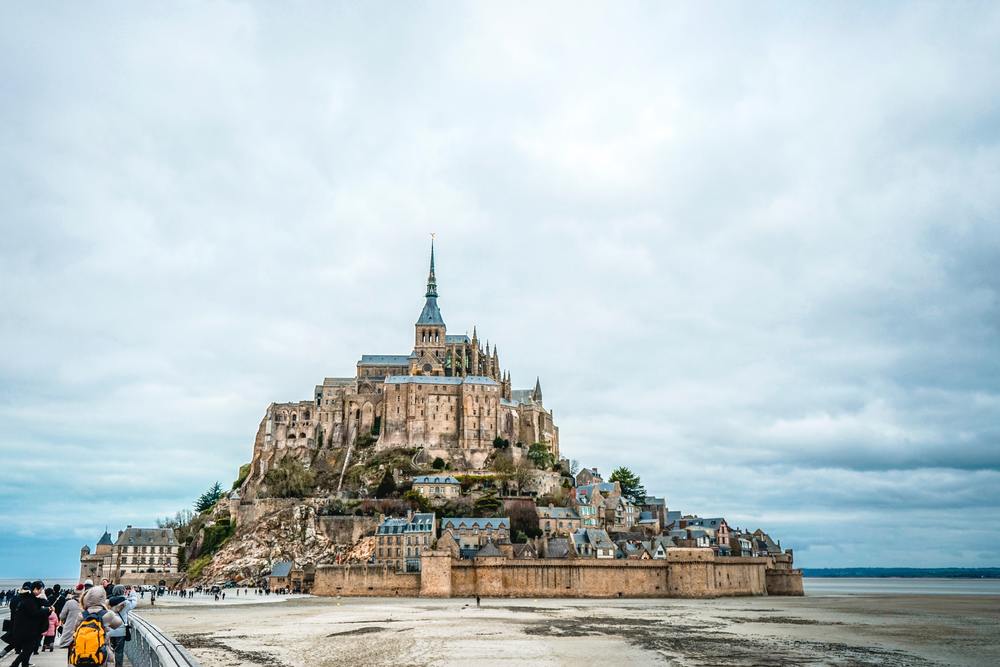
At first glance, it looks like a mirage—a castle among the waves off Normandy's coast. Mont-Saint-Michel in fact isn't a castle but rather an enchanting island abbey, one that the sea nearly swallows up at high tide.
The island is home to a population of fewer than 50 people, some are monks living in the still-functioning abbey, which means you'll mostly meet tourists here. Even so, it's an enchanting place to explore.
After crossing the bridge to Mont-Saint-Michel (only at low tide), you can wind your way up through room after gorgeous room to its towering peak. You'll be rewarded with a stunning view of the coast.
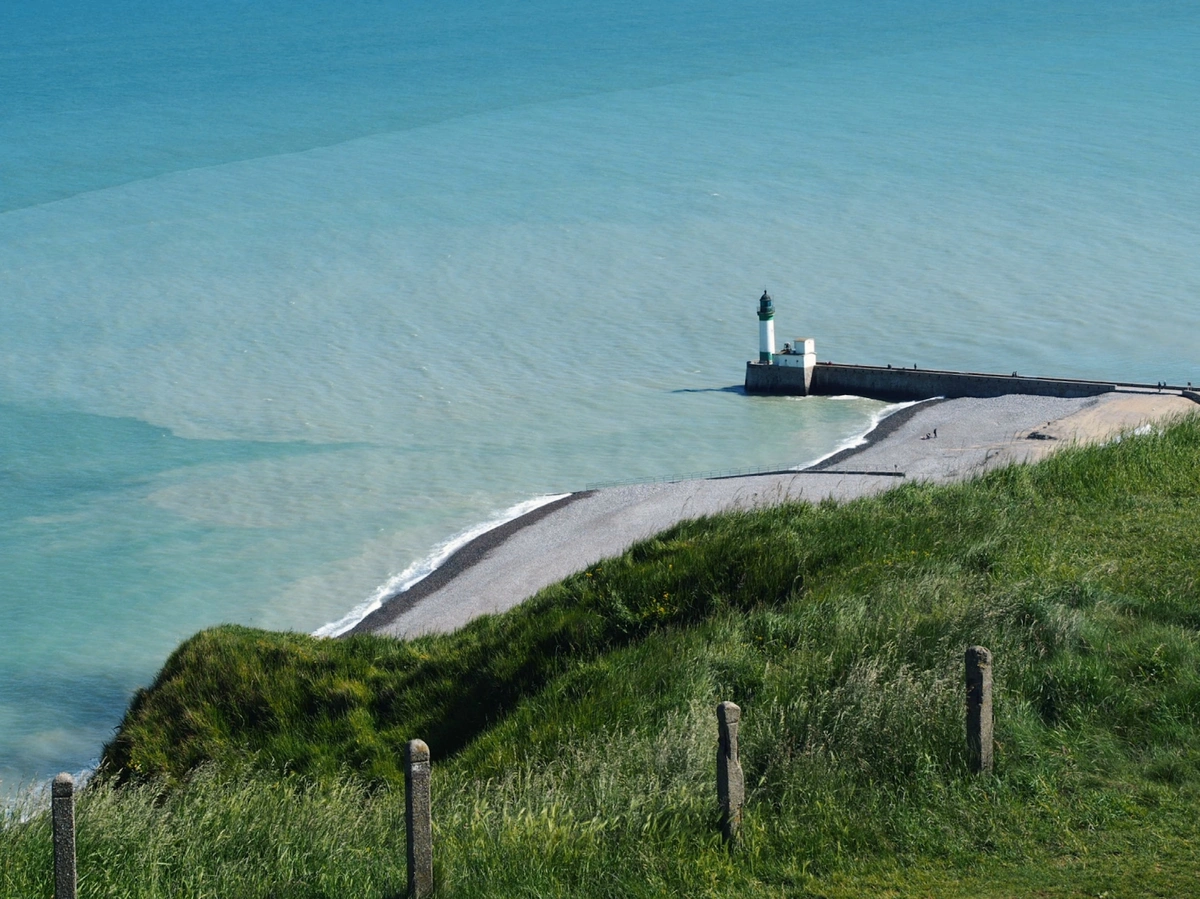
Mont Saint Michel is one of many treasures in Normandy, but there are plenty more. Locals tell us that the region abounds with fantastic regional food, like Camembert cheese, as well as profound history—Americans will likely recognize the region as the site of the World War Two D-Day landings.

If Normandy's famously rainy weather doesn't fit your idea of a dream French vacation, then locals suggest heading south. You'll find plenty of sun, sand, and surf along the stunning Côte d'Azur (translated literally to "The Azure Coast,” but known more commonly as the French Riviera).
Locals tell us that there are many charming French towns to explore here, including Menton, Antibes, and the luxe Saint-Tropez. Traveling on a budget? Our trip planners note that Saint-Tropez attracts a wealthy crowd (they suggest splurging on drinks at Nikki Beach). But places like Menton are more affordable—and still full of Côte d'Azur's famous charm. Regardless of where you go, a visit to the French Riviera is a must-do in France.

Of course, French locals say you can't talk about the Cote d'Azur without mentioning Nice! The fifth-largest city in France, Nice draws beachgoers and history buffs. Locals say that you must stroll along Nice's famous Promenade des Anglais, a five-mile stretch that curves along Nice's beautiful shore.
But don't limit yourself to the beach! Place Masséna, and stopping in at the Matisse Museum to learn about one of Nice's favorite sons, the painter Henri Matisse.

The region of Provence includes the cities of Nice and Marseille, but If you’re dreaming of recreating those Instashots amidst Lavender fields, the Provence countryside is the place for it! If that’s not enough you can also frolic through sunflower fields and catch epic views everywhere you turn (check out les Baux-de-Provence for some of the best views as well as very unique village vibes).
Locals recommend heading to Provence in the sunny summer months. That’s not only when you’ll get fields in full bloom, but you’ll also avoid the gloomy chill of winter.
A super unique Provence hotspot is the Palace of the Popes in Avignon.
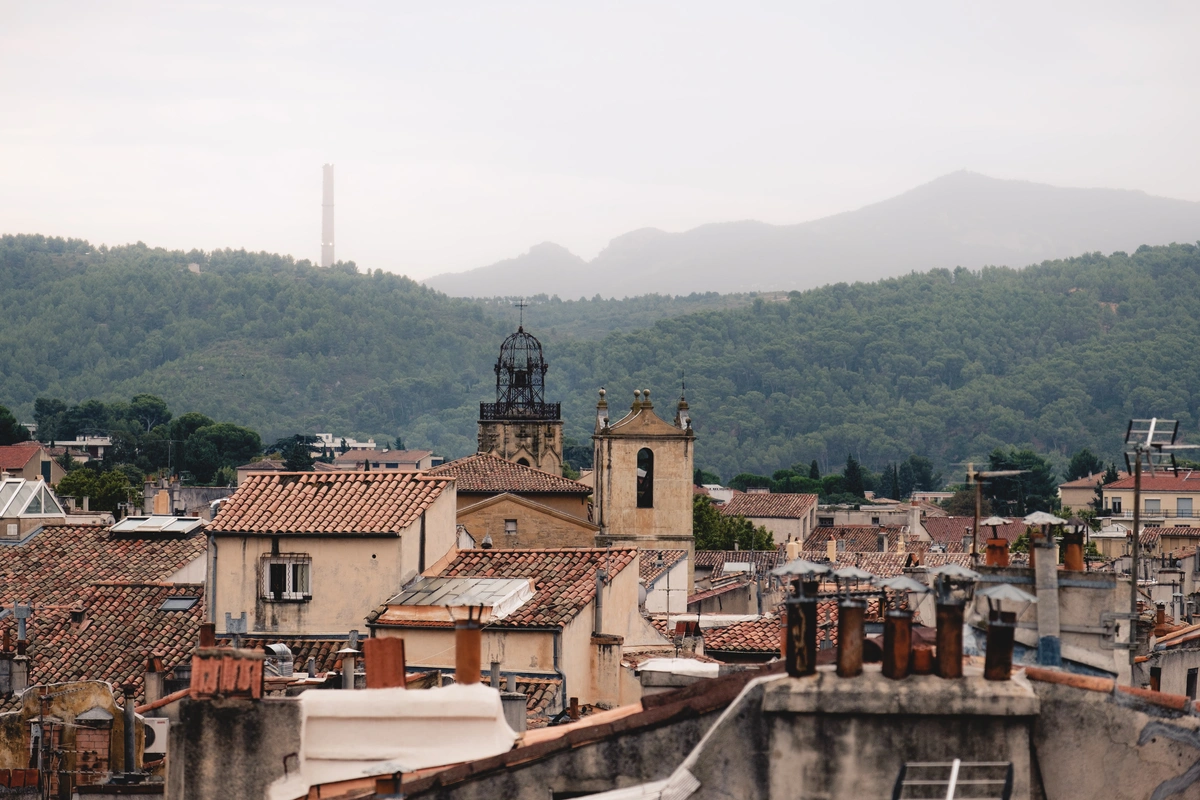
One of the smaller cities sitting within the Provence region, Aix-en-Provence is drenched in culture and sunshine.
If you’ve not burnt out of cathedrals just yet, stop by Aix Cathedral and admire the triptych, painted in the 15th century. Beyond that, one of the best ways to spend your time here is to get lost in all the tiny, undiscovered corners of the Old Town, otherwise known as Vieil Aix. If you want to make sure you don’t miss any of the best surprises though, chat with a local as you plan your trip for tips on where to look.
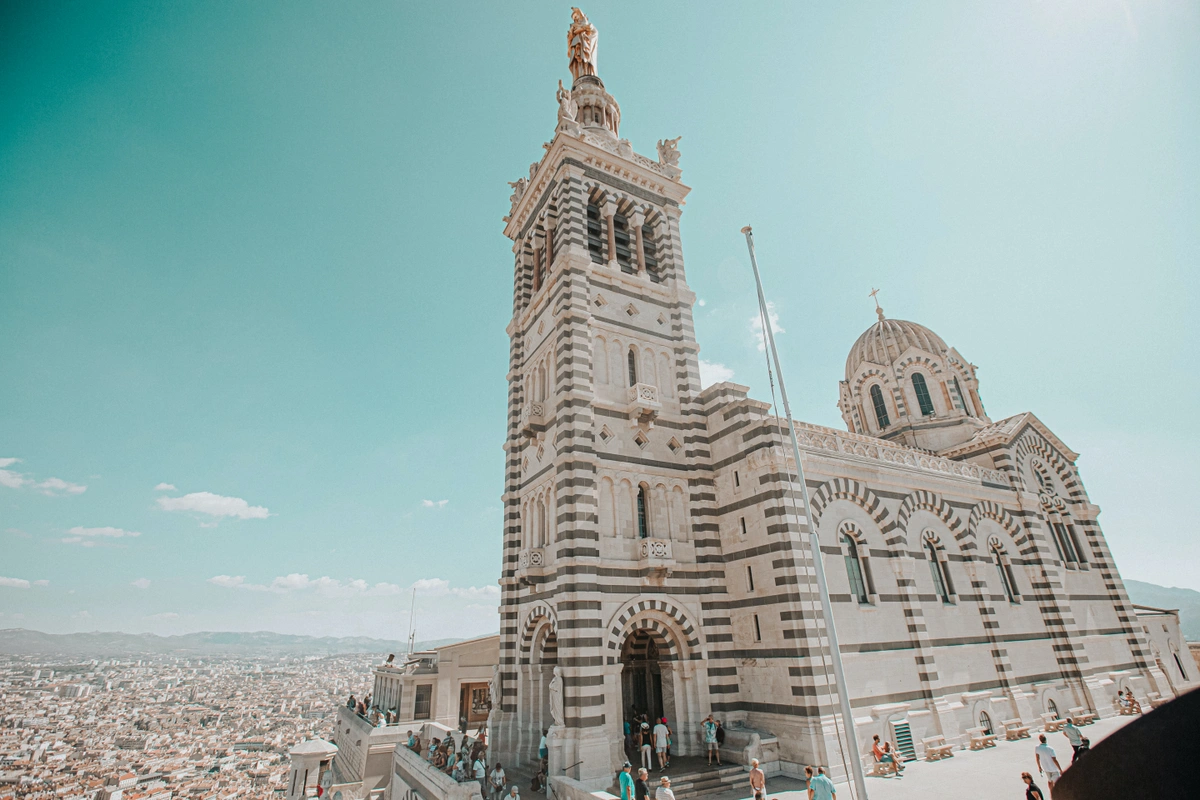
The second largest city in Provence, Marseille is a port city that has been around since the Greeks first established it in 600 BC. So, as you can imagine, there is a whole lot of history here. That makes it the most appropriate spot to be the home of the Museum of Civilizations of Europe and the Mediterranean, which is definitely worth a few hours of your time.
Then if you’re feeling hungry, check out another piece of local history: bouillabaisse–a hearty seafood stew. Locals recommend checking out Restaurant Michel for a chance to try the specialty.

The Verdon Gorge (in English) is also located in the Provence region and is another chance to see insane, not-what-you’d-imagine-in-France nature. Whether you’re after a dip in the sapphire waters or something more adventurous, you can find it. From bungee jumping and paragliding to rafting and hiking, there is simply loads to do in the gorge.

Locals tell us that the region of Bretagne (Brittany), which juts out into the Atlantic Ocean, has a distinct identity—which makes it a fascinating place to visit. Brittany has Celtic roots and even its own language (Breton) which is closer to Welsh than to French!
Aside from enjoying Brittany's wonderful cuisine—locals recommend eating savory crepes, seafood, and anything with salted butter caramel—our trip planners tell us that you'll find many charming French towns here. Scale the medieval walls of St. Malo, eat oysters in Cancale, and wander the cobblestone streets of Dinan.

Locals say that the Loire Valley is like a scene out of a fairy tale, a place where you're likely to stumble upon magnificent French chateaus from the 15th and 16th centuries. Together, the castles of the Loire Valley make up France’s largest UNESCO site.
If you only visit a few of the chateaus, locals suggest seeing the Château du Clos Lucé, Château de Chenonceau, and Château d'Ussé—the latter of which was the inspiration for the story of Sleeping Beauty.

Locals tell us that Strasbourg feels different from the rest of the country. Snug against the German border, Strasbourg has strong German roots—you'll see this in the colorful architecture, as well as the Alsatian cuisine. (Our trip planners recommend trying tarte flambeé!)
Wander back and forth through Strasbourg's scenic canals, take in the awe-inspiring Strasbourg Cathedral, and pop into a winstubs (wine bar) or two to enjoy some Alsatian drinks.

Reims is one of the main cities of the Champagne region of France–so if you do make it to this northeastern corner of France, locals recommend sipping a glass of the famous bubbly. Champagne of course can only be called such if the grapes were grown in this region–so it truly is the best place to tuck into a glass and check it off your France bucket list.
But in Reims, there is more to do than just sip champers in the sunshine. Check out the Cathedral Our Lady of Reims, especially if you find yourself drawn to Gothic architecture. Amazingly, this Cathedral is even bigger than Notre Dame in Paris!

If your trip to France is inspired by a love affair with French wines, then locals suggest starting your adventure in Bordeaux. Both a region and a city, Bordeaux is famous for its sweeping vineyards and excellent wines. Locals note that there are lots of big wineries that offer tours—but plenty of small, family-run ones as well. If you're looking to get off the beaten path,
Locals tell us that Bordeaux is also a wonderful place to stay in France. The city sits along the Garonne River, and locals say that the lovely riverfront Quais de Bordeaux offers a picturesque place for a picnic or stroll. You'll also find excellent cultural sites here, like the Gothic Cathedral of Saint-André and the Museum of Fine Arts. And, of course, plenty of local wine!

This might be one of the most unexpected places to visit in France. It is, amazingly, the largest sand dune in Europe, and it is a great way to get away from the big cities, or even the glitzy coast, and just enjoy all that nature has to offer.
You can walk along the peak of the dune and see out to sea or into the nearby forests. And, if you’re feeling adventurous and want to enjoy this gorgeous area for longer, consider camping. There are a few sites a stone’s throw from the dune where you can pitch a tent.
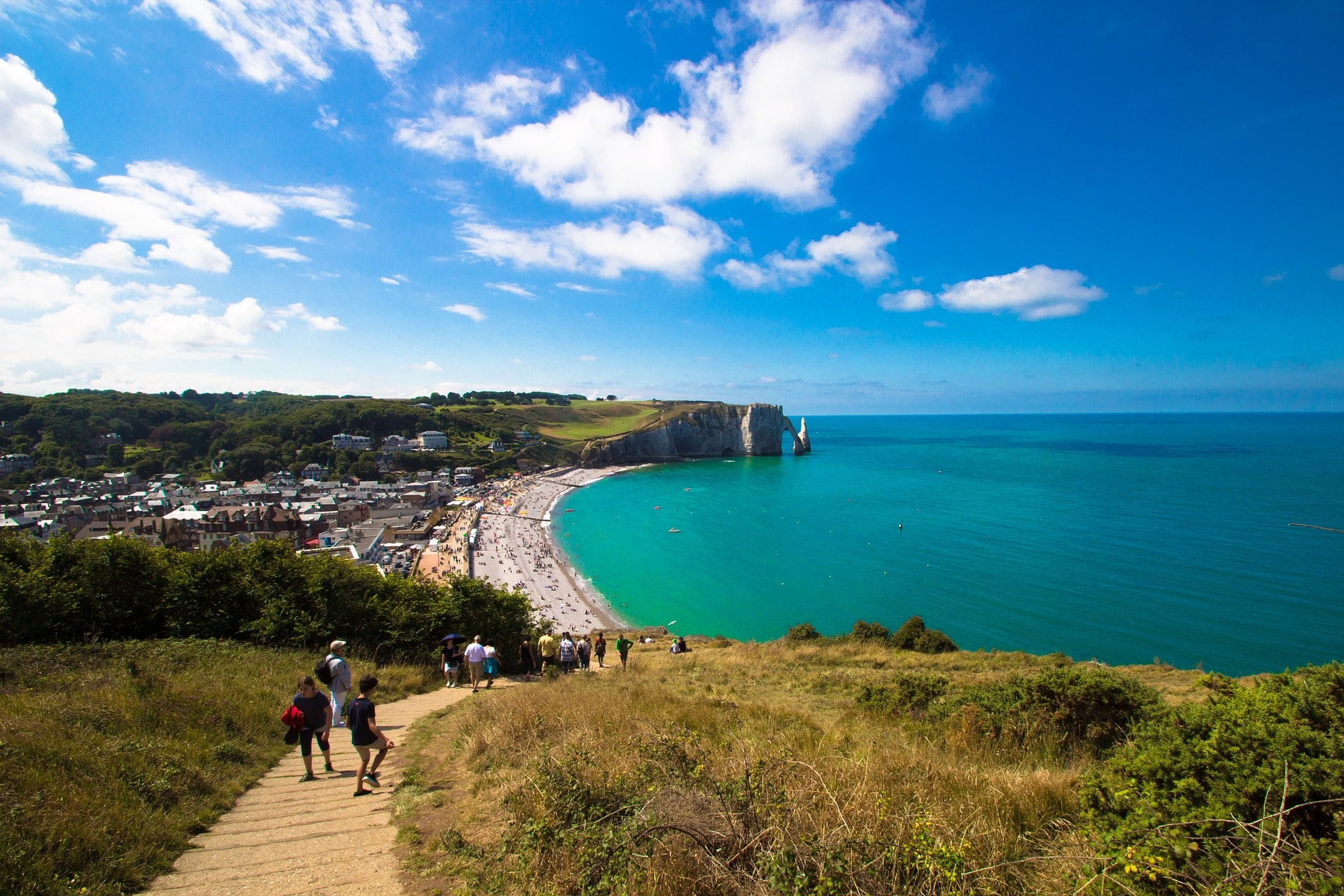
There’s a raw and rugged beauty about Corsica with its dramatic coastal landscapes, unspoiled forests, and snow-capped mountains. If you couple all of that with its amazing beaches, ancient inland villages, and vibrant seaside cities, Corsica is simply a fabulous spot to spend some time. Plus, the crystal-clear waters make it a heaven for sunning, swimming, snorkeling, and diving.

As a lesser-known (but just as worthwhile) alternative to the Palace at Versaille, check out Chantilly Palace. It too is accessible by train from Paris in as little as 30 minutes. And having stood in this very spot for more than eight centuries, it is rich with history and stories to share.
This palace might be of particular interest to any horse enthusiasts. It not only has stables that are an architectural masterpiece in their own right but there are also regular equestrian demonstrations.

These places to visit in France are all excellent—but they are only the tip of the iceberg! France is full of fascinating spots. There are mountains in the south, open ocean to the northwest, and rolling hills and bustling cities in between.
How should we contact you?
Call
Thank you! We'll get back to you as soon as possible!
Click to register and track your question!
If you would like to follow up with us:
+1 (855) 782-3006